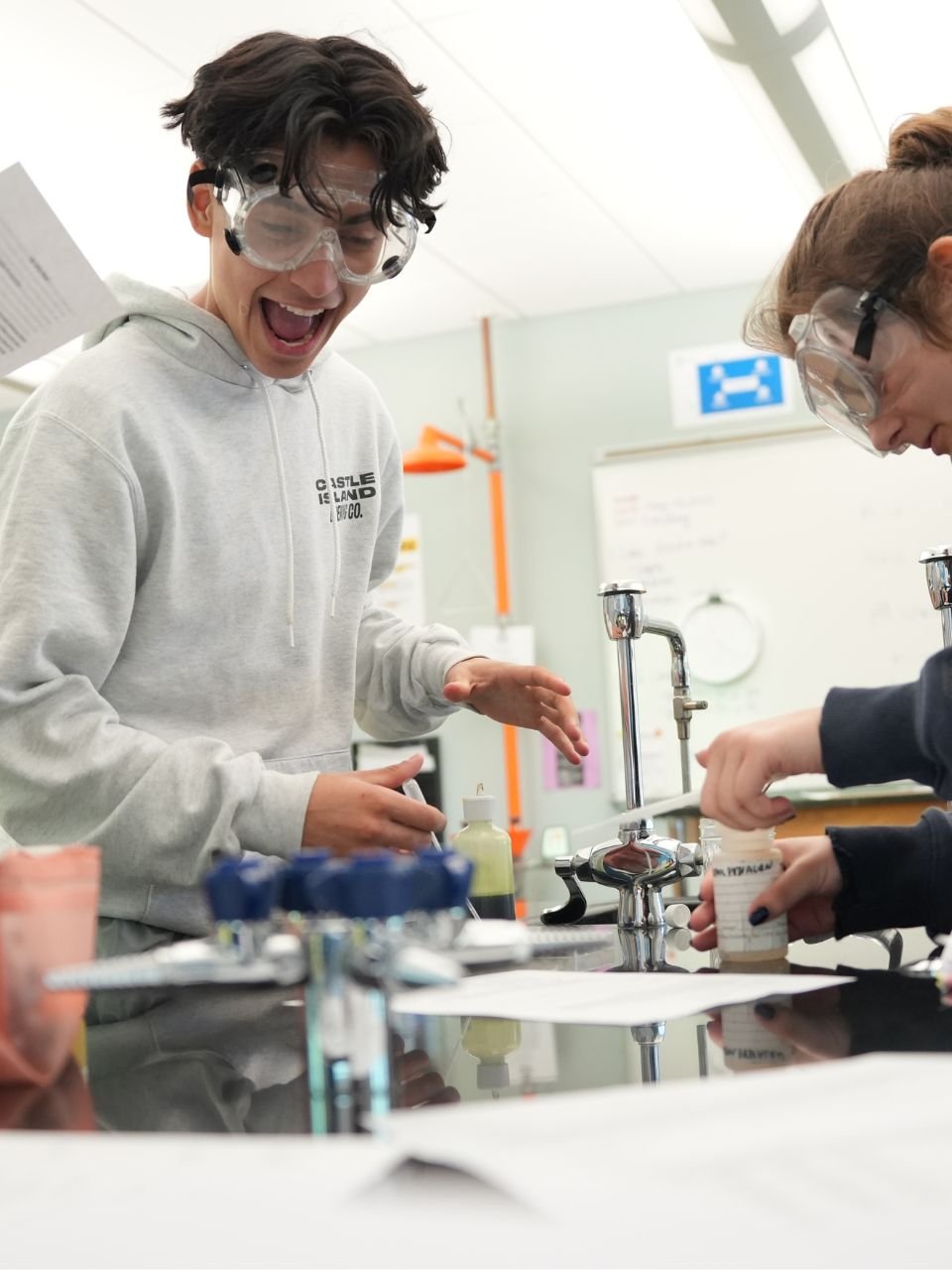- Our School
- Our Advantage
- Admission
- Elementary•Middle School
- High School
- Summer
- Giving
- Parent Resources
- For Educators
- Alumni
« Back
Preschool Daydreaming, Lifelong Learning
May 28th, 2014
Submitted by Dana Allara

The theme music to the preschool years is a seemingly never-ending chorus of “Why Mommy? Why? Mommy, why?” Young children are passionate explorers who seek out understanding and revel in the wonders of their world—they are intrinsically motivated and love learning. What can preschool parents do to keep this thirst for knowledge and inquisitive spirit alive as their children enter the elementary school years and beyond?
Encourage daydreaming! Really. Daydreaming.
Dedicated preschool parents often feel pressured to fill every moment of their child’s day with an age-appropriate, stimulating and educational activity. One of the most valuable things a parent can do during the preschool years in order to foster intrinsic motivation is to step back and open up space for genuine downtime. Encouraging your child to spend time daydreaming, imagining, thinking and reflecting is a gift to her both intellectually and emotionally.
Daydreaming is an internal experience that involves high-level cognitive processes in which the child is in control of his own thinking. He can delve deeply into one aspect of the imagining, or the wondering and he decides when to move on to a new thought as well as what mystery to explore next. Self-directed, creative ideas are critical for academic success in later years. A daydreaming child can replay ideas, rework them and gain deeper understanding at his own pace. On an emotional level, children who are encouraged to daydream become more self-aware and begin to build a positive self-image as a thoughtful person who has creative ideas and enjoys intellectual pursuits.
Parents of preschoolers can encourage daydreaming in both structured and unstructured ways. When daydreaming happens naturally, parents can purposefully respond in a positive, enthusiastic manner. When a child hears her mother say, “I can see you dreaming over there! I am sure you are discovering amazing things!” the child knows that thinking and imagining are valued by the parent and that great things can come from going within. Creating environments in which daydreaming comes naturally can be as simple as afternoon quiet time or taking a car ride without bringing the electronics along. The magic of the inner life of daydreaming is that it is the child who focuses his attention and pursues his own dream, true self-motivated exploration and learning. One daydream-friendly car trip led to a long stretch of silence from the back seat. Eventually mom asked, “What are you thinking about back there?” The enthusiastic young boy replied, “I taught myself to wink!” This downtime allowed this little boy to persevere on a challenging task that involves creating new brain connections.
Moms, dads, and teachers can also construct special dreaming or thinking times. Some families even set aside “think-breaks” in which everyone is invited to take a few minutes to think on a particular topic. Nurturing these thinking and imagining skills helps to build a positive self-image and fosters abilities in introspection, creativity, and intrinsic motivation.
The child who daydreams develops a rich inner-life, experiences the joy of discovery, and enthusiastically engages with challenging material. The intellectually-interested preschooler of today grows naturally into the intrinsically motivated student of the future.

Dana Allara is a parent coach and founder of Personalized Parenting.
Posted in the category Learning.




















